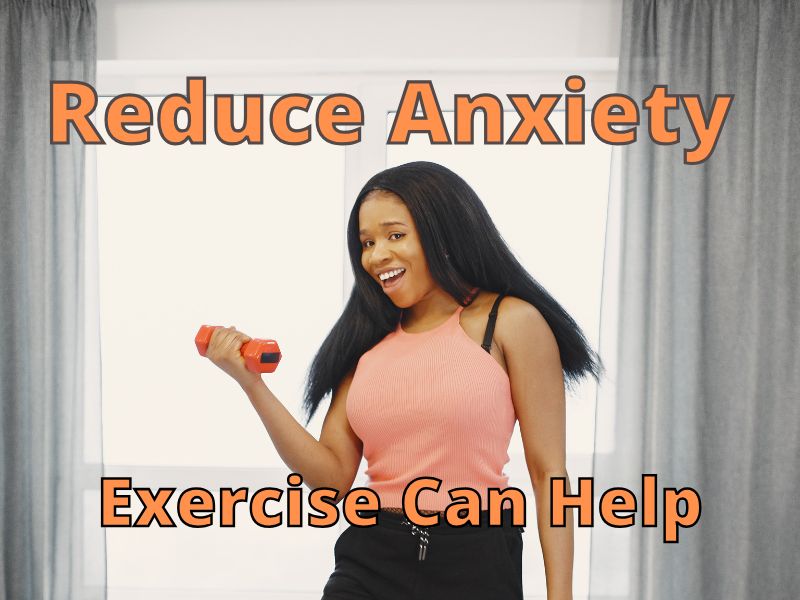Introduction: The Anxiety Epidemic & A Natural Solution
Anxiety disorders affect over 40 million adults in the U.S. alone, with many struggling to find effective relief. While therapy and medication are valuable tools, one of the most underrated, science-backed solutions is regular exercise.
Research from Harvard Medical School confirms that physical activity reduces anxiety by altering brain chemistry, lowering stress hormones, and improving emotional resilience. The best part? You don’t need intense workouts—even small amounts of movement can make a big difference.
In this guide, we’ll explore:
✔ How exercise reduces anxiety (the science explained)
✔ The best types of workouts for stress relief
✔ How to start—even if you’re unmotivated or busy
✔ A simple 7-day plan to build the habit
Exercise & Anxiety Reduction Tracker
1. Choose an exercise from the dropdown menu.
2. Adjust the bars.
3. Click the UPDATE CHART button.
How Exercise Reduces Anxiety
This simulation shows the general trend of how regular exercise can help reduce anxiety levels over time. In reality:
- Exercise releases endorphins (natural mood lifters)
- It reduces stress hormones like cortisol
- Regular physical activity improves sleep quality
- It provides a healthy distraction from anxious thoughts
Note: Results vary by individual. Consistency is key – even small amounts of regular exercise can make a difference.
Let’s dive in.
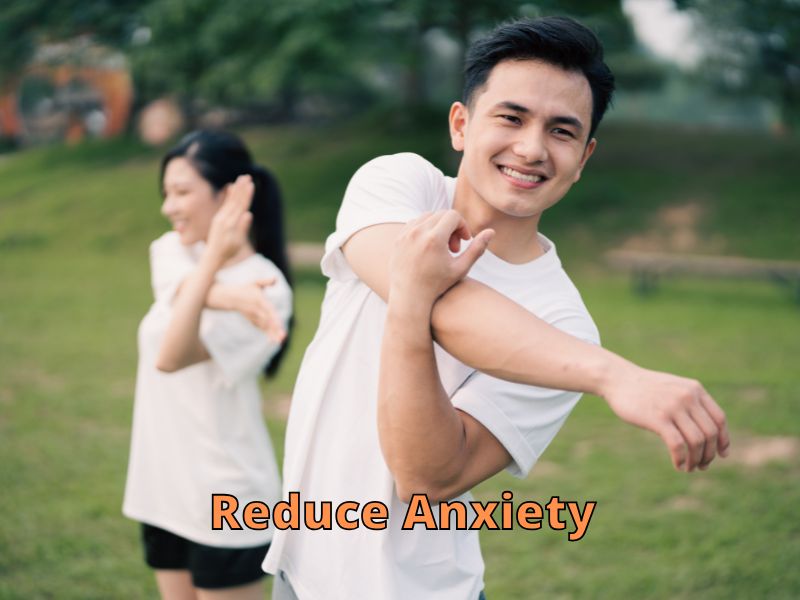
Part 1: How Exercise Reduces Anxiety (The Science Explained)
1. Exercise Lowers Stress Hormones
When you’re anxious, your body releases cortisol and adrenaline—hormones that trigger the "fight or flight" response. Exercise helps burn off these chemicals, reducing their impact on your mood.
- A study in the Journal of Clinical Psychiatry found that 30 minutes of moderate exercise (like brisk walking) significantly lowers cortisol levels.
- Regular movement also strengthens the body’s ability to handle stress over time.
2. It Boosts "Feel-Good" Brain Chemicals
Physical activity stimulates the release of:
- Endorphins (natural painkillers that create a "runner’s high")
- Serotonin & Dopamine (neurotransmitters that regulate mood and motivation)
This is why many people feel calmer and happier after a workout—even a short one.
3. Exercise Improves Sleep (Which Reduces Anxiety)
Poor sleep and anxiety form a vicious cycle. Exercise helps by:
- Regulating circadian rhythms (making it easier to fall asleep)
- Reducing nighttime rumination (overthinking in bed)
A 2017 study in Sleep Medicine found that people who exercised regularly reported better sleep and lower anxiety levels.
4. It Distracts the Mind & Builds Confidence
Anxiety often involves repetitive, negative thoughts. Exercise provides:
- A mental break from overthinking
- A sense of accomplishment (which counters anxious self-doubt)
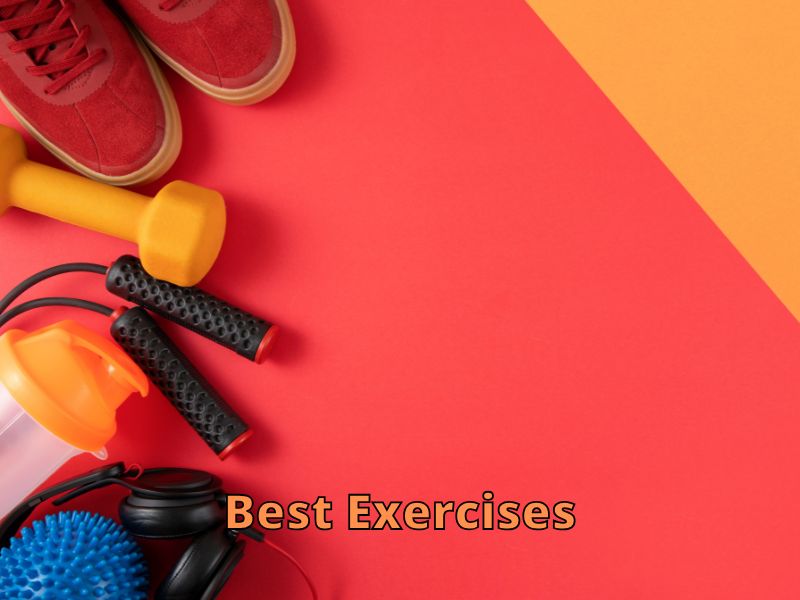
Part 2: The Best Exercises for Anxiety Relief (From Easy to Advanced)
You don’t need to run a marathon—even gentle movement helps. Here are the best workouts backed by science:
1. Walking (The Easiest Anxiety Buster)
- Why it works: Rhythmic movement calms the nervous system.
- Science: A Stanford University study found that walking in nature reduces rumination (repetitive negative thoughts).
- How to start:
- 10-20 minutes daily
- Walk in a park or green space for extra benefits
2. Yoga & Mindful Stretching
- Why it works: Combines breathwork + movement, activating the parasympathetic nervous system (the "rest and digest" mode).
- Best for: People with high stress and muscle tension.
- Try:
- Child’s Pose (calms the mind)
- Legs-Up-the-Wall Pose (reduces heart rate)
3. Strength Training (Even Bodyweight Exercises Help)
- Why it works: Builds mental resilience alongside physical strength.
- Study: Research in JAMA Psychiatry found that resistance training reduces anxiety symptoms.
- Beginner-friendly moves:
- Squats
- Push-ups (modified if needed)
- Planks
4. Dancing (The Fun Way to Reduce Stress)
- Why it works: Releases endorphins + distracts the mind.
- How to start:
- Play your favorite song and move freely for 5 minutes.
- Try a Zumba or dance workout on YouTube.
5. High-Intensity Interval Training (HIIT) – For Fast Stress Relief
- Why it works: Short bursts of intensity release pent-up energy and stress.
- Caution: If you have severe anxiety, start slow—HIIT can be overwhelming for some.
- Example workout:
- 30 sec jumping jacks
- 30 sec rest
- Repeat 5x
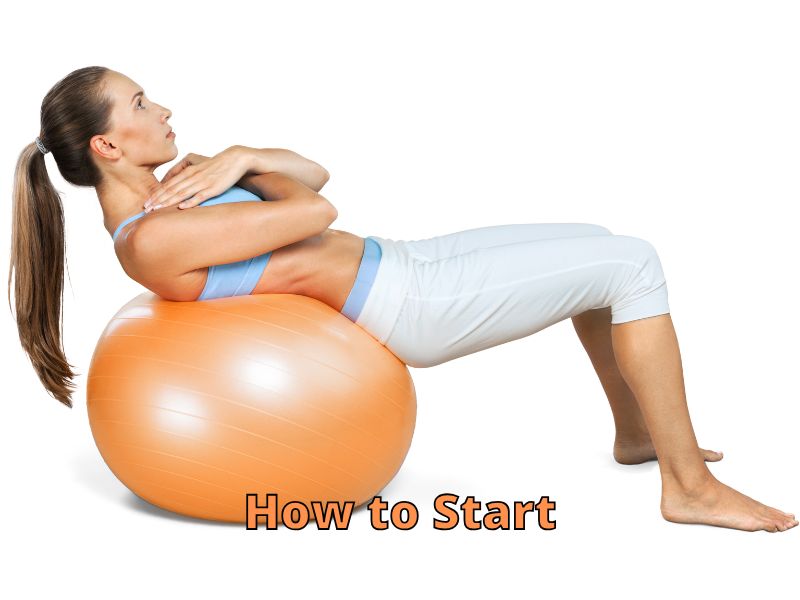
Part 3: How to Start Exercising for Anxiety (Even If You’re Unmotivated)
Many people know exercise helps anxiety but struggle to stick with it. Here’s how to make it effortless:
1. The 5-Minute Rule
- Problem: Thinking you need 30+ minutes.
- Solution: Commit to just 5 minutes. Often, you’ll keep going once you start.
2. Habit Stacking (Pair Exercise with a Daily Routine)
- Example:
- "After I brush my teeth, I’ll do 5 squats."
- "Before breakfast, I’ll stretch for 3 minutes."
3. Track Progress (But Keep It Simple)
- Use a habit tracker or app (like Habitica or Streaks).
- Celebrate small wins—consistency matters more than intensity.
4. Choose Enjoyable Activities
- If you hate running, don’t force it. Try dancing, swimming, or hiking instead.
Part 4: A Simple 7-Day Exercise Plan for Anxiety Relief
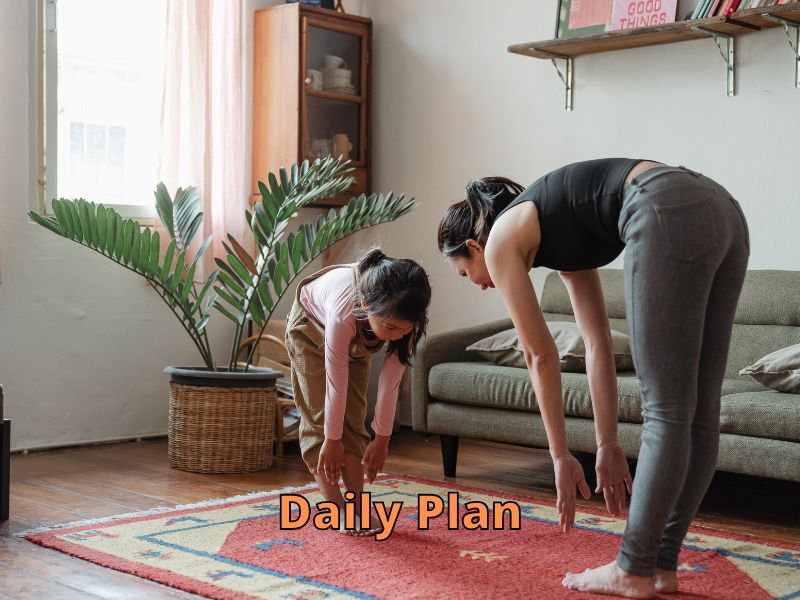
Goal: Build a sustainable habit without burnout.
| Day | Activity | Duration |
|---|---|---|
| Day 1 | Brisk walk | 10 minutes |
| Day 2 | Yoga/stretching | 5-10 minutes |
| Day 3 | Dance break | 5 minutes |
| Day 4 | Bodyweight exercises (squats, push-ups) | 5 minutes |
| Day 5 | Nature walk | 15 minutes |
| Day 6 | Rest or gentle stretching | 5 minutes |
| Day 7 | Fun activities (swimming, cycling, etc.) | 10-15 minutes |
Tip: Adjust based on your energy levels—even 5 minutes counts!
Conclusion: Small Steps Lead to Big Changes
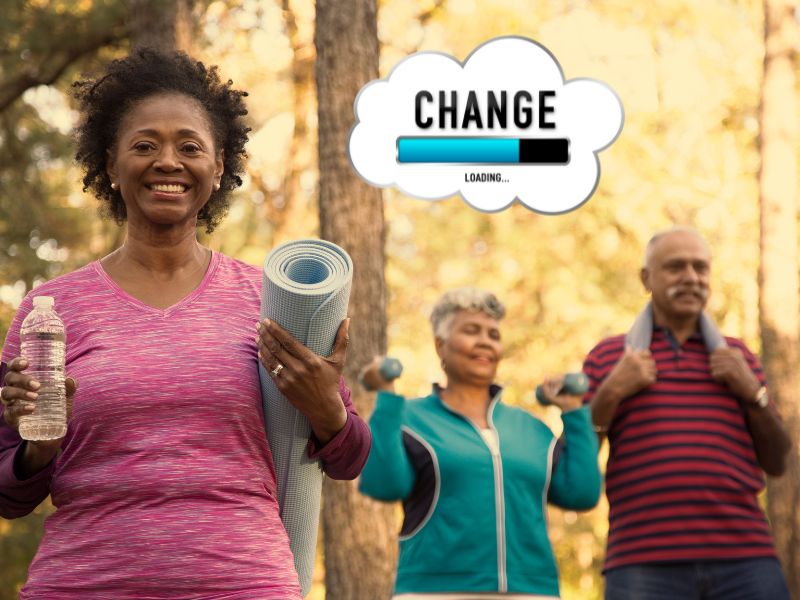
Exercise isn’t a cure-all, but it’s one of the most powerful, natural tools for managing anxiety. The key is starting small and staying consistent.
Your next step? Pick one activity from this guide and try it today. Over time, you’ll notice:
✔ Fewer anxious thoughts
✔ Better sleep
✔ More energy and confidence
Remember: Movement is medicine. Your mind (and body) will thank you.

